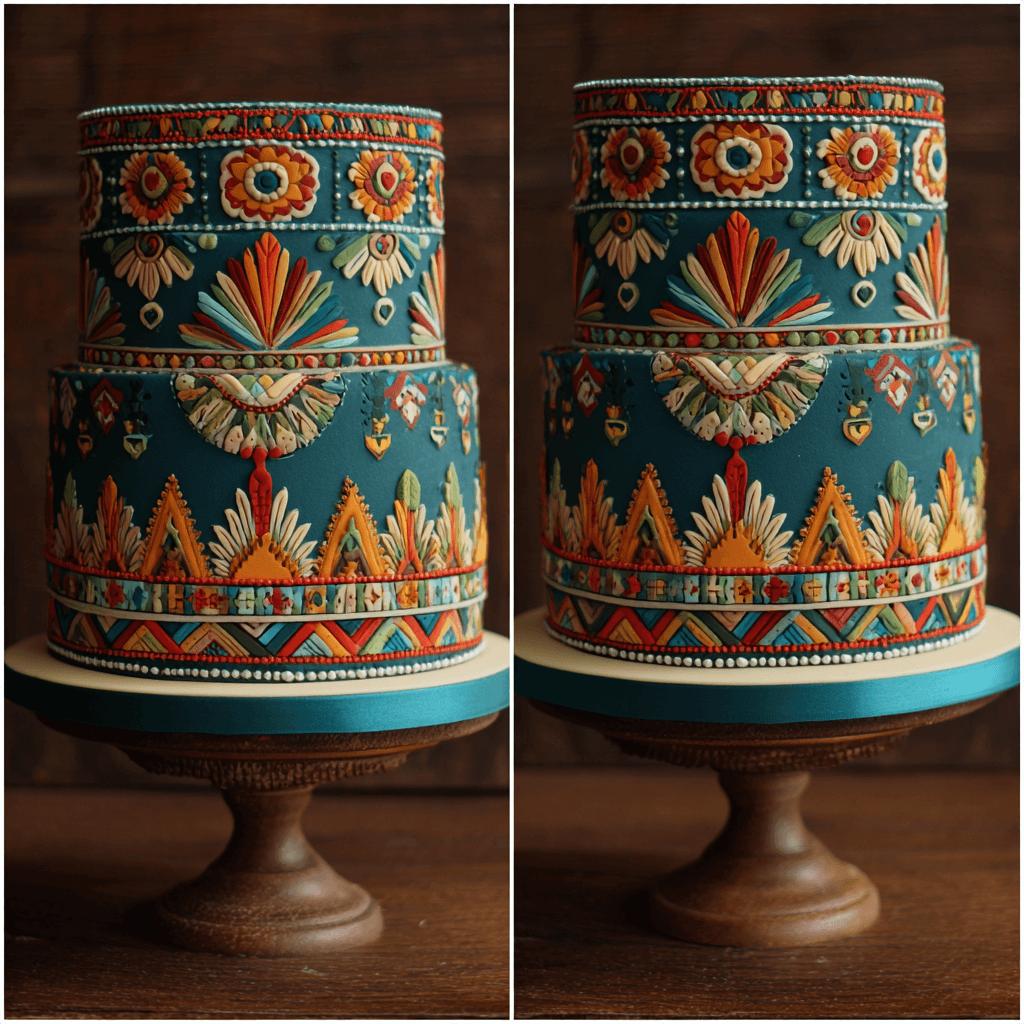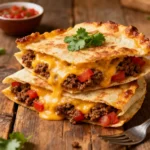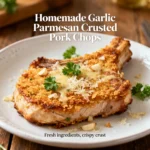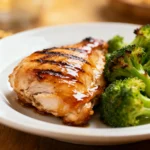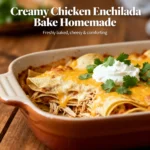Tribal Aztec Print Cake: A Fusion of Culture and Flavor
The Tribal Aztec Print Cake is more than just a dessert—it’s an artistic expression inspired by the rich heritage and intricate patterns of the ancient Aztec civilization. This cake combines bold aesthetics with delicious flavors, making it a centerpiece for themed parties, cultural events, or simply as a statement piece in your baking repertoire. The design mimics traditional Aztec motifs such as geometric shapes, sun symbols, and tribal lines, recreated using edible techniques like fondant stencils, buttercream piping, and airbrushing.
A Glimpse into History
The Aztecs, known for their powerful empire in Mesoamerica, were not only warriors and builders but also skilled artisans who expressed their cosmology and beliefs through visual art. Their designs—often found on temples, pottery, and clothing—are characterized by symmetry, repetition, and symbolic depth. Translating these elements into cake decorating is a modern homage to this culture, blending historical appreciation with contemporary culinary creativity. While chocolate was revered by the Aztecs (used as currency and in sacred rituals), today’s version elevates that legacy into a sweet, celebratory form.
Ingredients Breakdown
- For the Cake:
- All-purpose flour – 2 ½ cups
- Granulated sugar – 2 cups
- Cocoa powder – ¾ cup (unsweetened)
- Baking soda – 1 ½ tsp
- Baking powder – 1 ½ tsp
- Salt – 1 tsp
- Eggs – 2 large
- Milk – 1 cup
- Vegetable oil – ½ cup
- Vanilla extract – 2 tsp
- Hot water – 1 cup
- For the Frosting:
- Butter (unsalted, softened) – 1 cup
- Confectioners’ sugar – 4 cups
- Cocoa powder – ½ cup
- Milk – 2–3 tbsp
- Vanilla extract – 1 tsp
- For Decoration:
- Black fondant (store-bought or homemade)
- Edible food colors (black, red, gold, white)
- Gold luster dust or edible glitter
- Piping bags and tips (round, star, stencil tools)
- Aztec pattern stencil or printout
- Airbrush kit (optional but recommended)
Step-by-Step Recipe
- Preheat oven to 350°F (175°C). Grease and flour two 9-inch round cake pans.
- In a large bowl, sift together dry ingredients: flour, sugar, cocoa powder, baking soda, baking powder, and salt.
- Add eggs, milk, oil, and vanilla extract; mix until well combined.
- Gradually stir in hot water. The batter will be thin—that’s normal.
- Pour batter evenly into prepared pans and bake for 30–35 minutes or until a toothpick inserted comes out clean.
- Let cakes cool completely before frosting.
- For the frosting, beat butter until creamy. Gradually add confectioners’ sugar and cocoa powder, alternating with milk and vanilla. Beat until light and fluffy.
- Level each cake layer if needed, then stack with a layer of frosting in between.
- Frost the entire cake with a crumb coat, chill for 20 minutes, then apply a final smooth layer of frosting.
- Use the Aztec stencil and black fondant cutouts to create the tribal pattern on the sides of the cake. Alternatively, use buttercream piping or edible markers.
- Enhance the design with airbrushed accents in gold, red, and black. Add metallic details using luster dust mixed with clear alcohol or lemon extract.
Tips for Perfect Execution
- Use a cake turntable and bench scraper for a smooth finish.
- Chill the cake before applying the final decorations to prevent smudging.
- If using fondant, roll it thinly and use cornstarch or powdered sugar to avoid sticking.
- Practice the pattern on parchment paper first to perfect your technique.
- For a vegan version, substitute dairy and egg ingredients accordingly.
Variations and Customizations
- Flavor Variations: Try red velvet, banana chocolate, or mocha versions for unique twists.
- Color Themes: Swap traditional black and gold for turquoise and silver to mimic Aztec jade and precious metals.
- Layer Options: Create a 3-tier version for larger celebrations.
- Gluten-Free: Substitute all-purpose flour with a gluten-free blend and ensure other ingredients are GF-certified.
- Mini Cakes: Make individual Aztec cupcakes for a fun party treat.
Health Considerations and Nutritional Value
This cake, while indulgent, can be enjoyed in moderation. Each slice contains approximately 450–550 calories depending on portion size and frosting quantity. To make it healthier:
- Replace half the flour with almond flour or whole wheat flour.
- Use coconut sugar instead of refined sugar.
- Substitute oil with unsweetened applesauce or mashed banana.
- Opt for low-fat milk or plant-based alternatives.
- Reduce frosting amount or use a whipped ganache for a lighter topping.
Be mindful of allergens—especially nuts, dairy, and eggs—and consider alternative ingredients when serving guests with dietary restrictions.
Ingredients Recap
- All-purpose flour
- Granulated sugar
- Cocoa powder
- Baking soda & powder
- Salt
- Eggs
- Milk
- Oil
- Vanilla extract
- Hot water
- Butter
- Confectioners’ sugar
- Black fondant
- Food coloring
- Luster dust
Directions Recap
- Preheat oven and prepare pans.
- Mix dry ingredients, then wet ingredients, and combine.
- Bake layers and let them cool completely.
- Prepare buttercream frosting.
- Stack and frost the cake.
- Create the Aztec pattern using stencils, fondant, or piping.
- Decorate with airbrushing or luster effects.
Frequently Asked Questions (FAQ)
Q: Can I make this cake ahead of time?
A: Yes! Bake and frost the cake up to 2 days in advance. Store it covered at room temperature or refrigerate if in a warm climate.
Q: How do I transport the decorated cake safely?
A: Use a sturdy cake box and place non-slip pads or damp paper towels under the base to prevent sliding.
Q: What if I don’t have a stencil?
A: You can hand-draw the Aztec pattern using edible markers or pipe the design directly onto the cake with buttercream.
Q: Is it possible to freeze this cake?
A: Absolutely. Wrap unfrosted layers tightly and freeze for up to 3 months. Thaw completely before frosting and decorating.
Q: Can I use store-bought frosting?
A: Yes, though homemade buttercream holds shape better for detailed work. If using store-bought, opt for a firm variety or chill it slightly.
